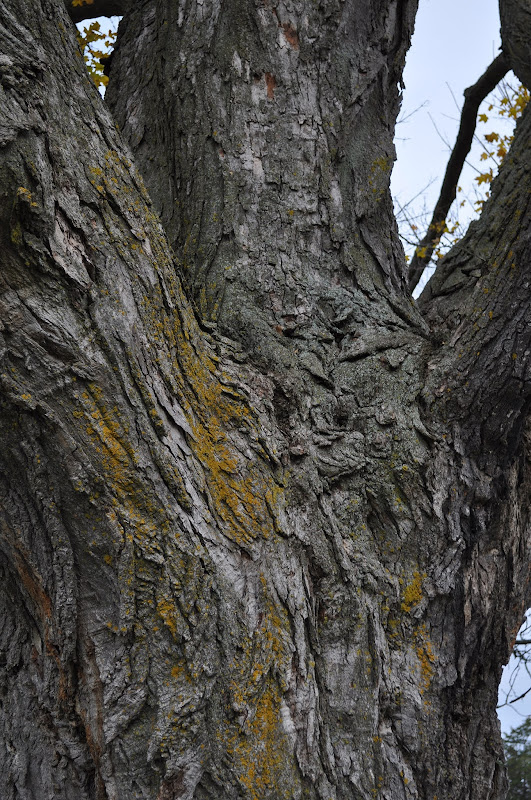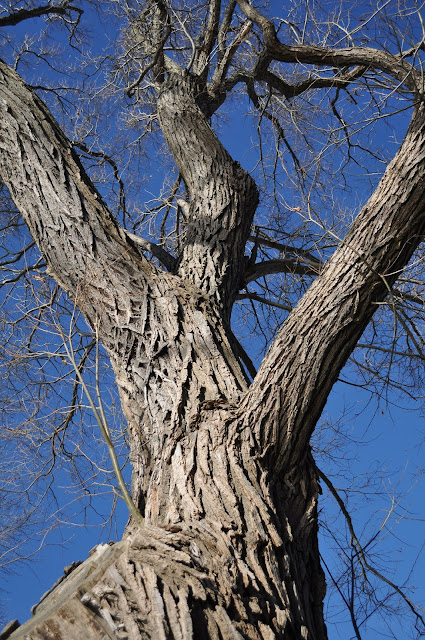Gary called me from his study yesterday afternoon. When I got there, he was typing with one hand and waving a book around--like a signal flag--with the other
"I think I've found you a tree poem," he said.
"That's nice. Where was it?"
"In a very unlikely place," he told me. "It's one of Ted Berrigan's sonnets!"
Ted Berrigan?
Ted Berrigan published his now famous suite of sonnets in 1964 to much acclaim, after which it virtually disappeared until this new Penguin edition from 2000, edited by his wife, poet Alice Notley. Berrigan (1934-1983) was one of those deliberately difficult poets, whose works, if you are in an ungenerous frame of mind, may seem off-puttingly opaque, even hopelessly incoherent. A Berrigan sonnet can contain lines like "The blue day! In the air the winds dance / Now our own children are strangled down in the bubbling quadrangle./ To thicken!" (Sonnet XXXll).
"Isn't Ted Berrigan a bit...um...demanding for the tree column?"
"Not this time," said Gary, full of missionary zeal.
And he was right. Here is Berrigan's Sonnet XVll (for Carol Clifford):
Each tree stands alone in stillness
After many years still nothing
The wind's wish is the tree's demand
The tree stands still
The wind walks up and down
Scanning the long selves of the shore
Her aimlessness is the pulse of the tree
It beats in tiny blots
It's patternless pattern of excitement
Letters birds beggars books
There is no such thing as a breakdown
The tree the ground the wind these are
Dear, be the tree your sleep awaits
Sensual, solid, still, swaying alone in the wind


















































